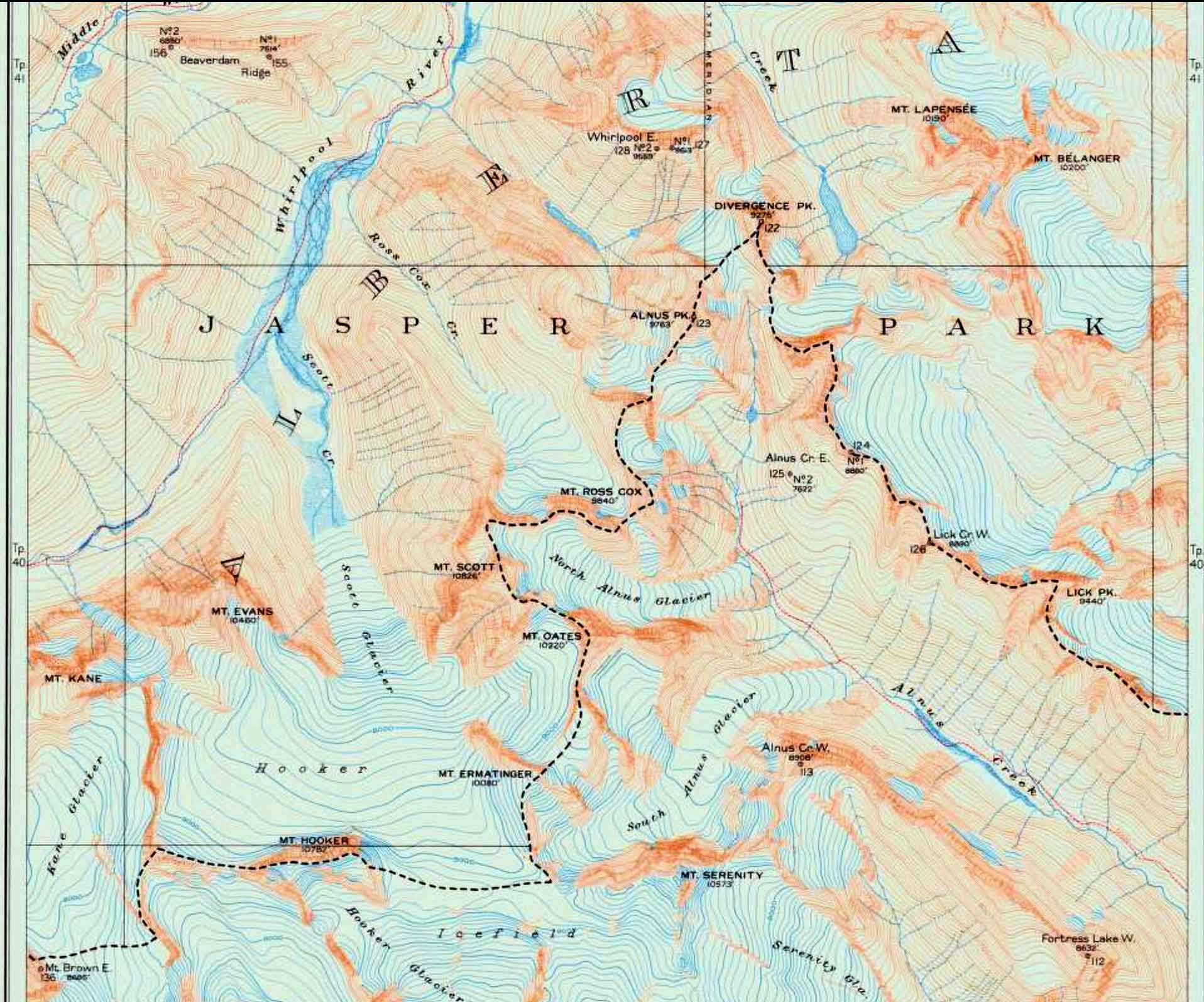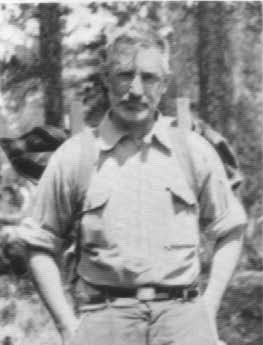British Columbia. Mount
S of
Dome Mountain, NE of Bowron Lake Provincial Park
53.4808 N 121.0136 W — Map 093H06 —
Google —
GeoHack
Name officially adopted in 1997
Official in
BC –
Canada
Adopted in 1997 as proposed by J.O. Premischook and endorsed by area Parks and Regional District representatives.
Named after Barkerville-area fixture Francis (Frank) Arthur Cushman [1924 – 1994]. Cushman was at Yakima, Washington, and served with the US Marine Corp in WW II before moving to BC with his family in 1955. After ranching at Nicola and Stump Lakes, he purchased the Cariboo Hunting & Fishing Lodge on Bowron Lake in 1961, and later operated Wolverine Mountain Outfitters in the vicinity of this mountain.
He is remembered as one of Barkerville‘s most colourful characters, playing the role of Ned Stout, Bavarian placer miner, in street vignettes. With a rugged face and handlebar moustache, Cushman’s was one of the most photographed faces in BC, appearing in hundreds of magazines and calendars over the years (although I haven’t been able to find one).

